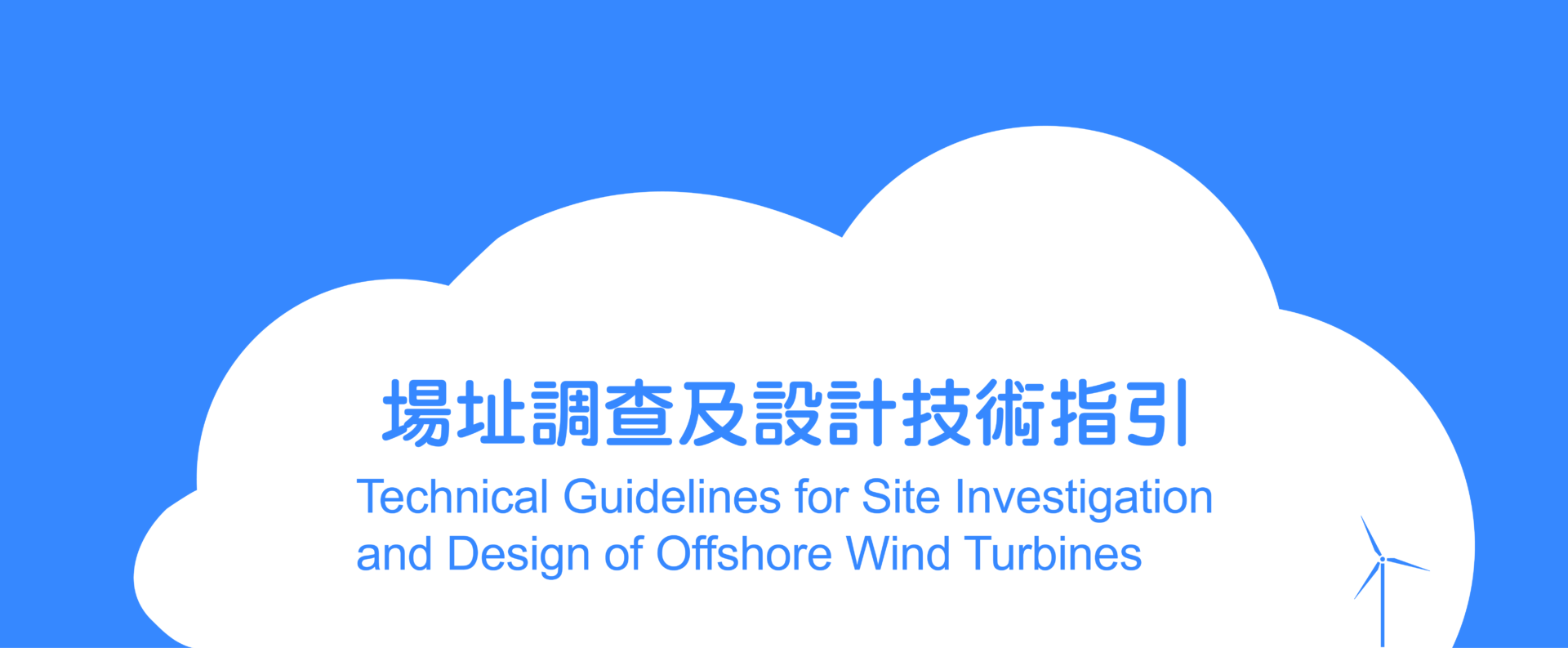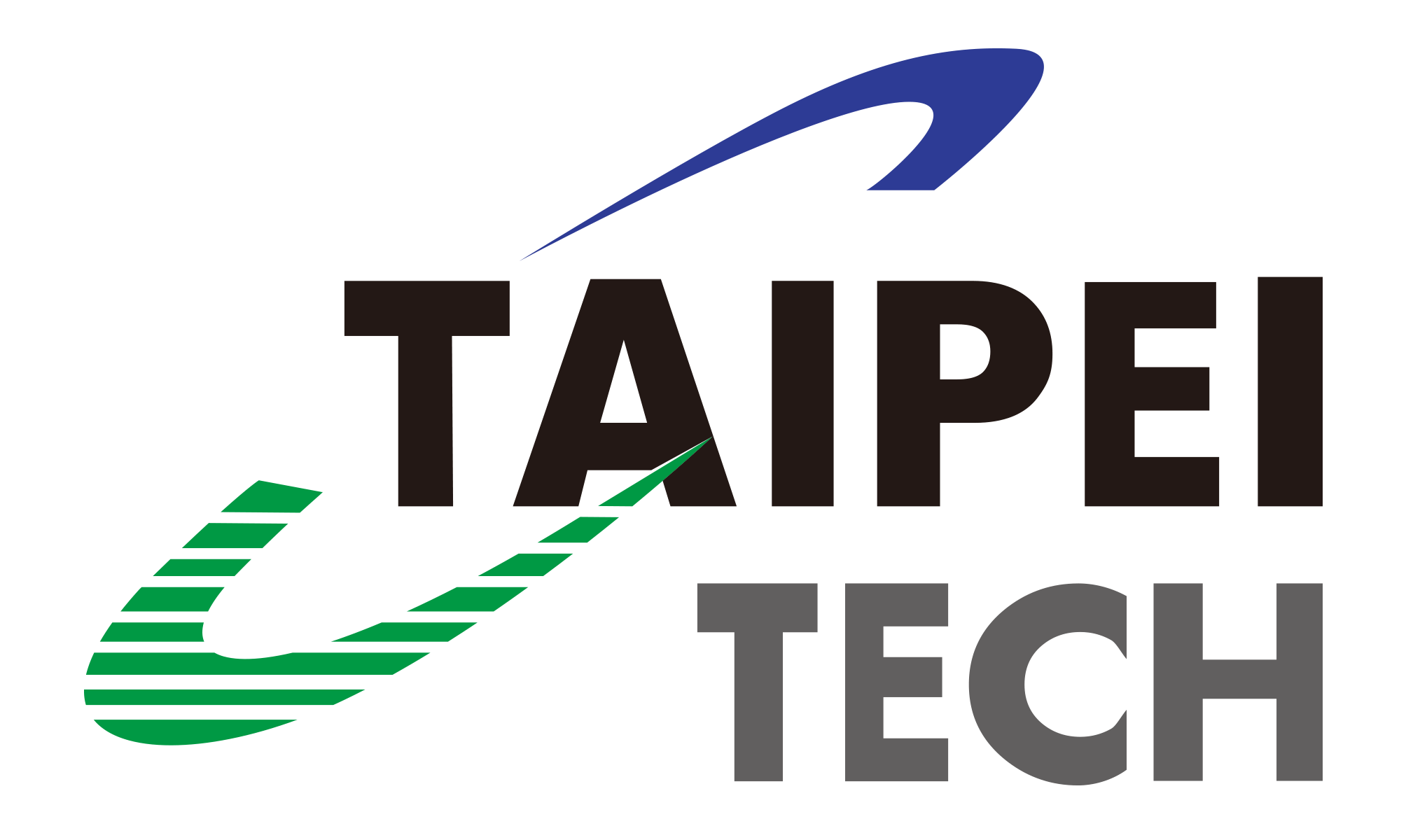



In 2014, the “Global 23-Year Average Wind Speed Observation” report published by international engineering consultancy company 4C Offshore revealed that there are 16 out of the world’s 20 most wind sites are located in the Taiwan Strait, with the average wind speed of 11.94~12.02 m/s (ranking 2nd in the world).
In 2014, the “Global 23-Year Average Wind Speed Observation” report published by international engineering consultancy company 4C Offshore revealed that there are 16 out of the world’s 20 most wind sites are located in the Taiwan Strait, with the average wind speed of 11.94~12.02 m/s (ranking 2nd in the world).
The valley effect due to particular terrain of the Taiwan Strait subjects the Strait to strong northeast monsoon during winter and moderate southwest monsoon during summer, thereby providing an ideal environment for offshore wind power. Given the Taiwan Strait is situated in an earthquake and typhoon hotspot, earthquake- and typhoon-resistant design as well as other specific concerns regarding soil liquefaction, corrosive conditions, and marine growth must be taken into account for offshore wind farm planning and development. However, current foreign offshore wind technical specifications cannot fully reflect these region-specific site conditions and thus may not be suitable for sub-structure designs of offshore wind turbines in the Taiwan Strait region.


The valley effect due to particular terrain of the Taiwan Strait subjects the Strait to strong northeast monsoon during winter and moderate southwest monsoon during summer, thereby providing an ideal environment for offshore wind power. Given the Taiwan Strait is situated in an earthquake and typhoon hotspot, earthquake- and typhoon-resistant design as well as other specific concerns regarding soil liquefaction, corrosive conditions, and marine growth must be taken into account for offshore wind farm planning and development. However, current foreign offshore wind technical specifications cannot fully reflect these region-specific site conditions and thus may not be suitable for sub-structure designs of offshore wind turbines in the Taiwan Strait region.
Since 2020, the Bureau of Standards, Metrology, and Inspection (BSMI) of the Ministry of Economic Affairs has been conducting preliminary research and analysis on specific issues related to offshore wind farms in Taiwan. They aim to develop the “Technical Regulations for Offshore Wind Farm Site Investigation and Design,” which will be tailored to the technical and industrial development paths of Taiwan’s offshore wind power sector. Additionally, they plan to establish a research database framework for domestic offshore wind farm site conditions.
However, the current site environmental investigation and design technical specifications primarily rely on the experience of advanced foreign countries. This means that the unique conditions of domestic sites are not adequately reflected in existing design processes or third-party verification results. Domestic engineers also lack review standards and relevant practical experience. Therefore, BSMI aims to bridge the data across various government agencies to create a domestic research database for offshore wind farm environmental conditions. They are also formulating the “Technical Regulations for Offshore Wind Farm Site Environmental Investigation and Design” to establish technical specification content suitable for Taiwan’s engineering environment and offshore wind power industry development.


The Ministry of Economic Affairs has announced the official launch of the “Offshore Wind Farm Site Investigation and Design Technical Guidelines” and the “Offshore Wind Power Technical Guidelines Database Platform.” To build on the achievements of each phase, they will continue to address appendices such as offshore substations and floating wind turbines. Additionally, they will hold promotional briefings on the technical guidelines and improve the domestic research database and derivative data on offshore wind farm site conditions. The aim is to create locally adapted renewable energy, contributing to Taiwan’s goal of achieving net-zero emissions by 2050.
The Ministry of Economic Affairs has announced the official launch of the “Offshore Wind Farm Site Investigation and Design Technical Guidelines” and the “Offshore Wind Power Technical Guidelines Database Platform.” To build on the achievements of each phase, they will continue to address appendices such as offshore substations and floating wind turbines. Additionally, they will hold promotional briefings on the technical guidelines and improve the domestic research database and derivative data on offshore wind farm site conditions. The aim is to create locally adapted renewable energy, contributing to Taiwan’s goal of achieving net-zero emissions by 2050.


訪客人次:
- 442
- 65,721